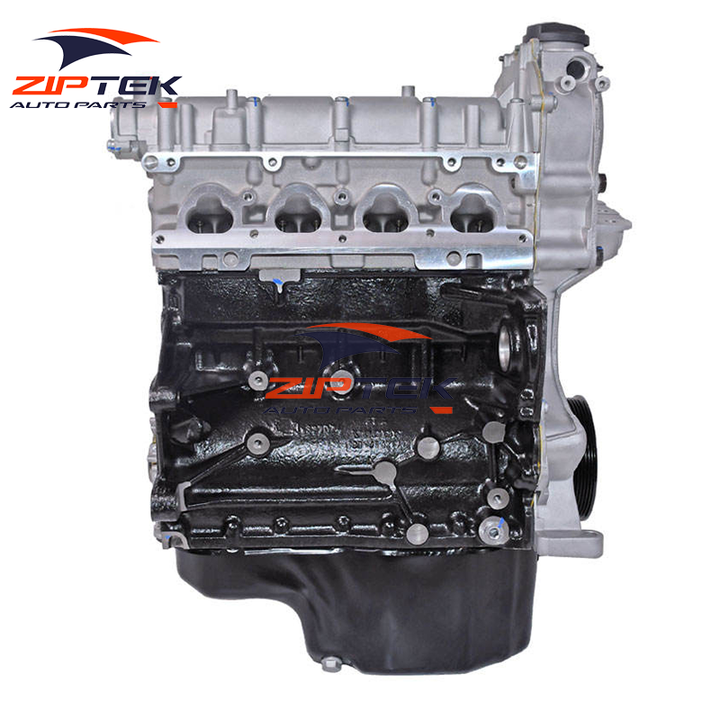Enhance productivity with a powerful clp engine.
Enhance productivity with a powerful clp engine.
Blog Article
How a Clp Engine Can Boost Performance in Various Industries
The advent of CLP engines marks a significant change in functional performance across various fields, driven by their capacity to optimize gas consumption and decrease downtime. As companies significantly focus on sustainability alongside performance, the duty of CLP engines becomes even more important.
Overview of CLP Engines
CLP engines, or Constant Liquid Propellant engines, stand for a considerable advancement in propulsion technology, particularly for area applications. These engines utilize a continuous feed system that permits for the continual expulsion of propellant, causing improved efficiency and performance compared to typical solid or hybrid propulsion systems. By keeping a continuous flow of liquid propellant, CLP engines can achieve a lot more specific drive control, which is important for navigating spacecraft in numerous mission scenarios.
The design of CLP engines incorporates sophisticated products and cutting-edge gas administration systems. clp engine. This causes decreased weight and increased integrity, necessary aspects for long-duration area goals. Moreover, the continual operation minimizes the threat of burning instability, an usual challenge in standard rocket engines.

Benefits in Manufacturing
The production of Constant Fluid Propellant (CLP) engines provides a number of remarkable advantages that boost both efficiency and cost-effectiveness. One of the main benefits is the structured manufacturing process, which decreases the intricacy associated with conventional propulsion systems. By making use of fluid propellant, producers can achieve higher accuracy in engine efficiency, resulting in optimized energy outcome and reduced waste.
Furthermore, CLP engines promote a greater degree of modularity, permitting for much easier integration into different production lines. This adaptability can substantially reduce lead times and boost overall functional adaptability. Using CLP technology also has a tendency to lessen the need for extensive upkeep due to fewer relocating components, which converts right into minimized downtime and operational expenses.

Applications in Logistics
Leveraging Constant Liquid Propellant (CLP) engines in logistics supplies considerable advantages in functional performance and dependability. These engines give a durable option for different transportation demands, making it possible for the smooth movement of items across substantial distances. The integral design of CLP engines permits constant power outcome, which converts right into smoother and much more foreseeable transportation timetables.
One of the key applications of CLP engines in logistics remains in sturdy freight transport, where they can drive both ground and airborne vehicles. Their capacity to keep high efficiency under varying tons problems makes sure that delivery timelines are fulfilled, thereby enhancing consumer complete satisfaction. In addition, CLP engines can be incorporated into automated logistics systems, helping with real-time monitoring and optimizing course planning.
Moreover, the durability of CLP engines decreases upkeep downtime, allowing logistics business to optimize their functional capacities. This is specifically beneficial in warehousing operations, where effectiveness in taking care of and transferring goods is vital. As logistics proceeds to progress, the combination of CLP engines stands for a forward-thinking method that not just enhances performance but likewise sustains the sector's expanding needs for dependability and speed.
Effect on Energy Efficiency
How do Constant Liquid Propellant (CLP) engines improve energy efficiency in transportation? CLP engines utilize a consistent circulation of fluid gas, Learn More maximizing burning processes and preserving a secure drive output. This layout lessens energy losses linked with standard combustion engines, where gas delivery can differ and lead to inefficiencies.
The continual procedure of CLP engines permits a more reliable thermal cycle, causing higher certain impulse compared to standard engines. clp engine. This converts to reduced gas consumption for the very same amount of work done, dramatically reducing operational prices across different transport industries, including air travel and maritime sectors
In addition, the capability of CLP engines to maintain optimum performance under varying tons problems decreases the demand for frequent acceleration and slowdown, better improving gas effectiveness. Enhanced energy effectiveness not just contributes to cost savings but likewise results in lower greenhouse gas exhausts, aligning with international sustainability goals.
Future Trends and Innovations
Emerging improvements in Continuous Fluid linked here Propellant (CLP) engine modern technology pledge to revolutionize the landscape of transport efficiency and sustainability. As industries pivot toward greener options, CLP engines stand at the leading edge, integrating ingenious materials and style methodologies that boost performance while minimizing ecological impact.
Among the most encouraging fads is the adoption of hybrid systems that combine CLP engines with eco-friendly energy resources. This harmony can optimize fuel usage and reduce discharges, straightening with international sustainability goals. Additionally, improvements in computational liquid dynamics (CFD) are facilitating the layout of even more aerodynamically effective engines, resulting in reduced drag and enhanced gas effectiveness.
In addition, the growth of smart surveillance systems is readied to enhance functional effectiveness. These systems leverage data analytics and IoT innovation to optimize engine performance in real-time, guaranteeing that the engines operate within their most reliable criteria.
As research proceeds to discover alternate propellant solutions-- such as biofuels and artificial gas-- the future of CLP engines looks appealing. By taking advantage of these advancements, markets can not just enhance their efficiency yet also contribute substantially to a cleaner, a lot more lasting future in transport.
Final Thought
In final thought, CLP engines represent a significant improvement in effectiveness across several markets. The assimilation of advanced materials check it out and fewer relocating parts lessens upkeep needs, while positioning with sustainability objectives settings CLP engines as a pivotal modern technology for the future.
Report this page